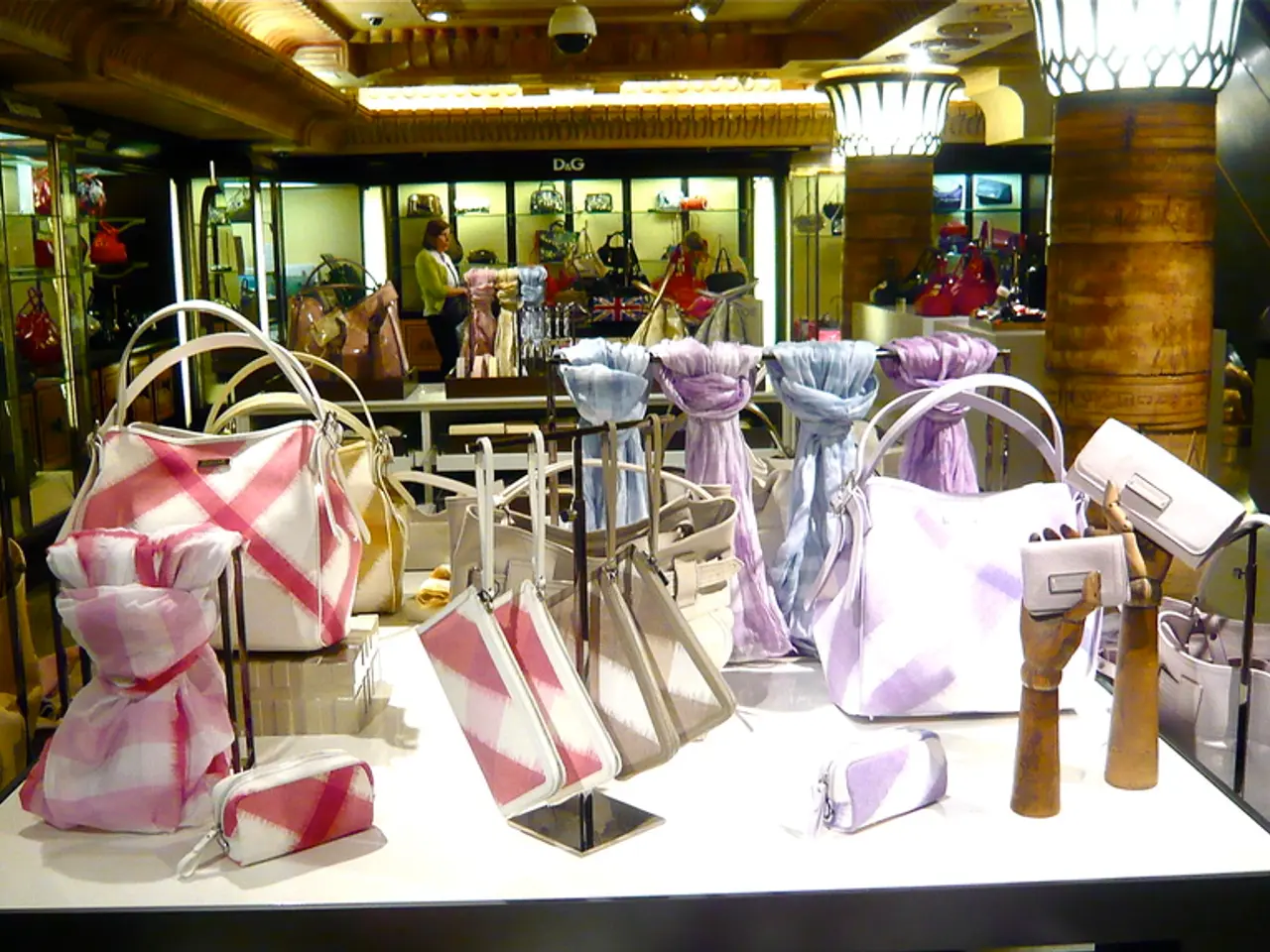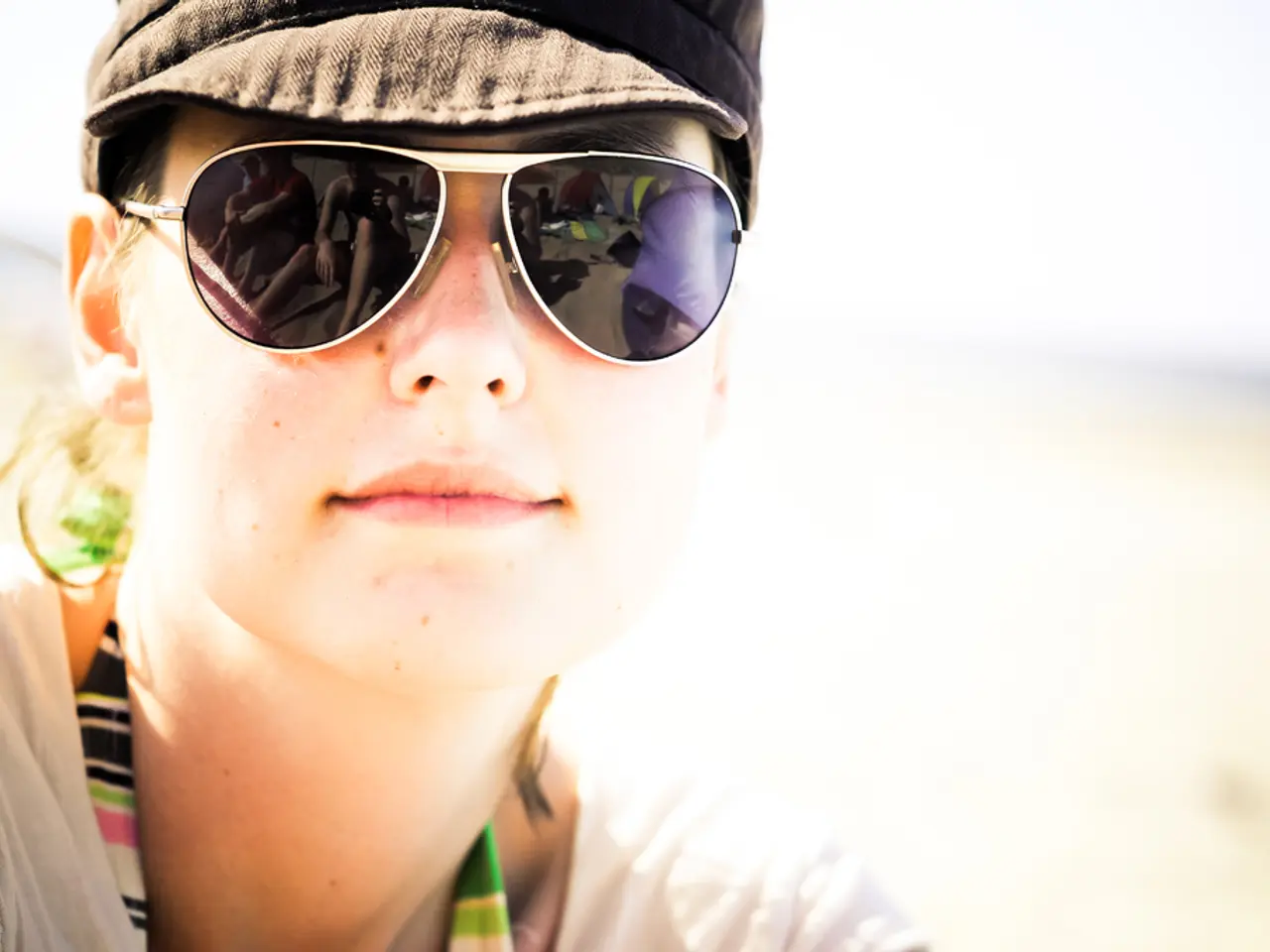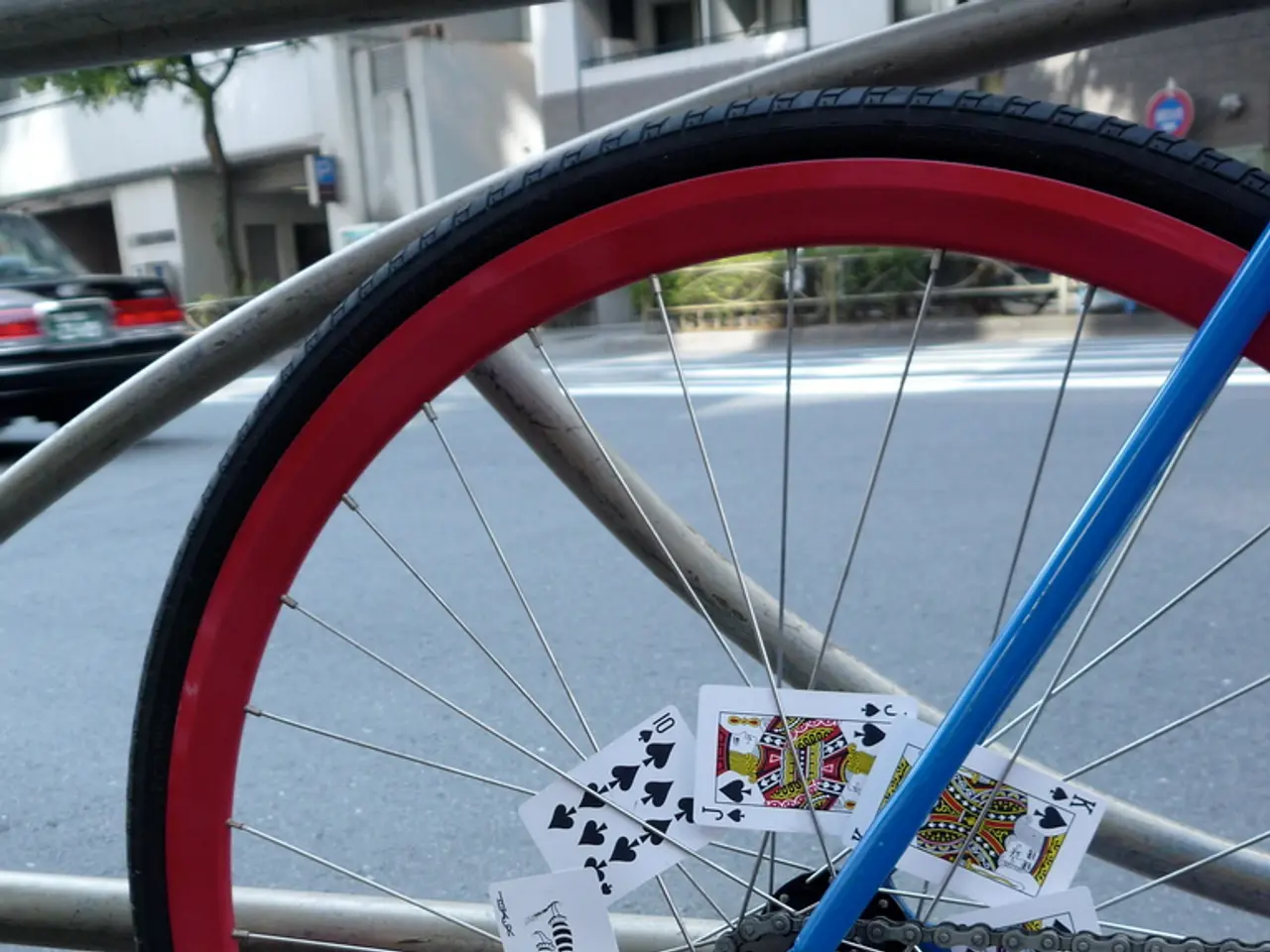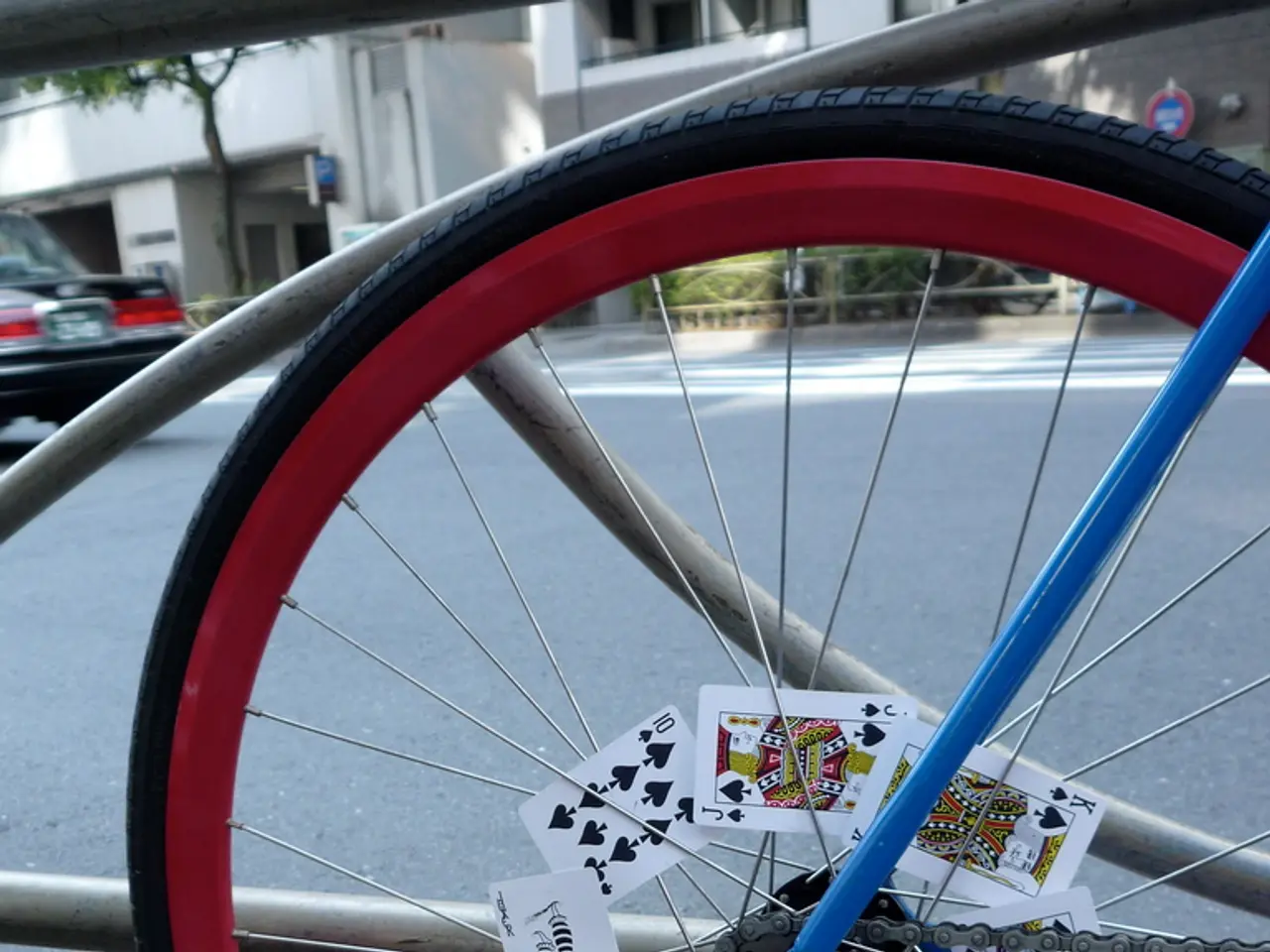Transforming fashion in the real world: the impact of Extended Reality (XR)
In the world of fashion, 2025 is shaping up to be a year of significant change, as extended reality (XR) technology is making its mark on the industry. From virtual runway shows to immersive shopping experiences, XR is redefining how we shop, think about sustainability, and interact with our favourite brands.
One of the most exciting developments is the advent of spatial shopping experiences. Brands are harnessing the power of augmented reality (AR) and virtual reality (VR) to create digital fitting rooms that allow customers to try on clothing virtually, improving size and fit accuracy. Retail giants like H&M have already tested these virtual fitting rooms in flagship stores, with promising customer feedback. In fact, 60% of customers found it helpful for sizing, and 64% view it as the future of shopping[2]. This trend is gaining momentum, with virtual try-on solutions expanding globally, especially in growing markets like Europe, Middle East, Africa, and Latin America[2].
Fashion shows are also getting a digital makeover, thanks to AR. Partnerships like Snap Inc. with Vogue World for New York Fashion Week demonstrate how AR lenses and filters can enable remote but immersive fashion show participation[1][2]. This means that fashion enthusiasts can now experience runway shows virtually, breaking down geographic barriers.
AR mirrors are another game-changer in the retail landscape. These digital mirrors integrate AR to overlay clothing and accessories on customers in real time, enhancing the in-store experience by combining convenience with engagement. Luxury brands such as Cartier, Balenciaga, and Farfetch are leveraging AR technologies as core parts of their customer interaction strategy[1].
The use of AR mirrors is not just about improving the shopping experience; it's about building a more sustainable future for the industry. By providing a more precise fitting experience, AR mirrors can reduce waste and returns, leading to fewer returns due to incorrect sizes or styles[3]. This can have a positive impact on sustainability, as it minimises waste and excess shipping.
Leading brands like Neiman Marcus are embracing AR mirrors, giving customers the ability to visualise and customise outfits instantly, much like having a personal stylist on hand[3]. Brands like Farfetch have incorporated AR mirrors into their 'Store of the Future', aiming for a more sustainable fashion industry[3].
Research from Threekit shows that AR product experiences are 200% more engaging than their non-AR counterparts[3]. Moreover, AR mirrors can reduce return rates by up to 20% and boost sales by 30%, delivering measurable improvements to retailer margins[3].
Apple's Vision Pro, a new technology offering a spatial shopping experience, is set to take this a step further. Users will be able to walk through virtual stores and inspect clothes in 3D[4]. This represents a fundamental shift in how consumers and brands interact.
The adoption of XR technology is not limited to retail. Gucci is using the potential of Apple's Vision Pro to develop an immersive XR experience, taking users through Italy to explore the brand's heritage and products[4]. Brands that embrace XR technologies are positioning themselves to lead the future of fashion[4].
In conclusion, XR technologies are not just about new shopping experiences; they are about creating immersive, personal, and sustainable shopping experiences. These innovations not only improve product discovery and purchase confidence but also align with broader trends in digitalization, hyper-personalization, and sustainability[1][3]. By integrating XR, fashion companies are able to offer highly engaging spatial shopping experiences, broaden their reach through virtual fashion events, and enhance physical retail with AR mirrors, thus redefining how fashion is experienced and transacted in 2025.
Sources: 1. https://www.statista.com/topics/1210/augmented-reality-in-retail/ 2. https://www.forbes.com/sites/forbesagencycouncil/2021/03/08/the-future-of-virtual-try-on-in-retail/?sh=5c7a854c758c 3. https://www.forbes.com/sites/forbesagencycouncil/2021/03/08/the-future-of-virtual-try-on-in-retail/?sh=5c7a854c758c 4. https://www.macrumors.com/2022/03/03/apple-vision-pro-etro-milan-fashion-week/
- In the future, technology like Apple's Vision Pro might revolutionize smart-home-devices, enabling users to explore digital stores and examine clothes in 3D.
- The fashion industry is embracing technology, with brands like Gucci exploring immersive XR experiences to showcase their heritage and products.
- Extended reality (XR) technology is reshaping business strategies in the fashion world, as Virtual Fashion Week events become a reality for remote fashion enthusiasts.
- With marketing tactics evolving, retail giants such as H&M are experimenting with virtual fitting rooms using AR and VR technology, aiming to improve size and fit accuracy for customers.
- AR mirrors in fashion stores are becoming a trend, as they allow customers to virtually try on clothing and accessories in real-time, improving shopping experiences while reducing returns and waste.
- The convergence of technology, media, and the fashion-and-beauty industry is driving a new era of shopping, dominated by gadgets like AR mirrors and spatial shopping experiences, promoting a more sustainable and engaging lifestyle.




